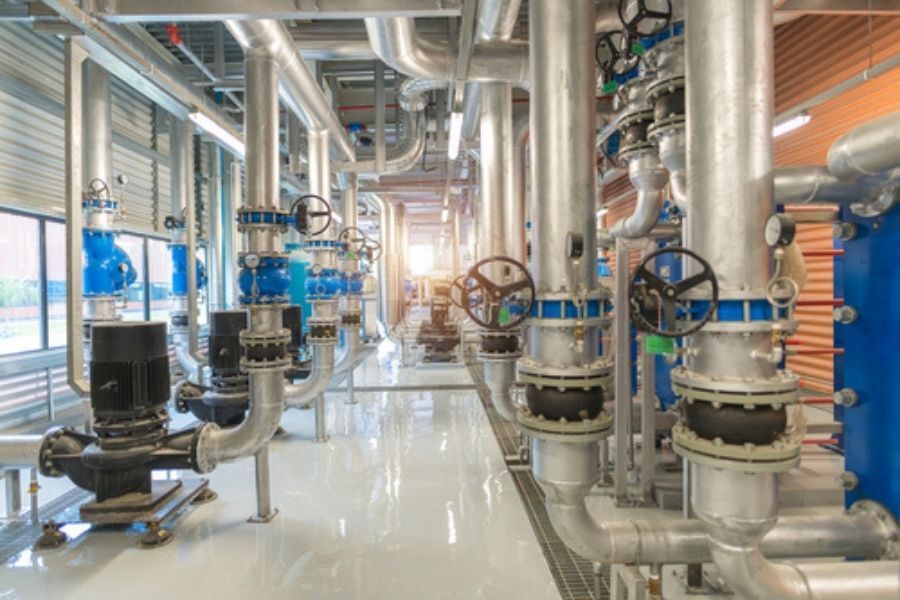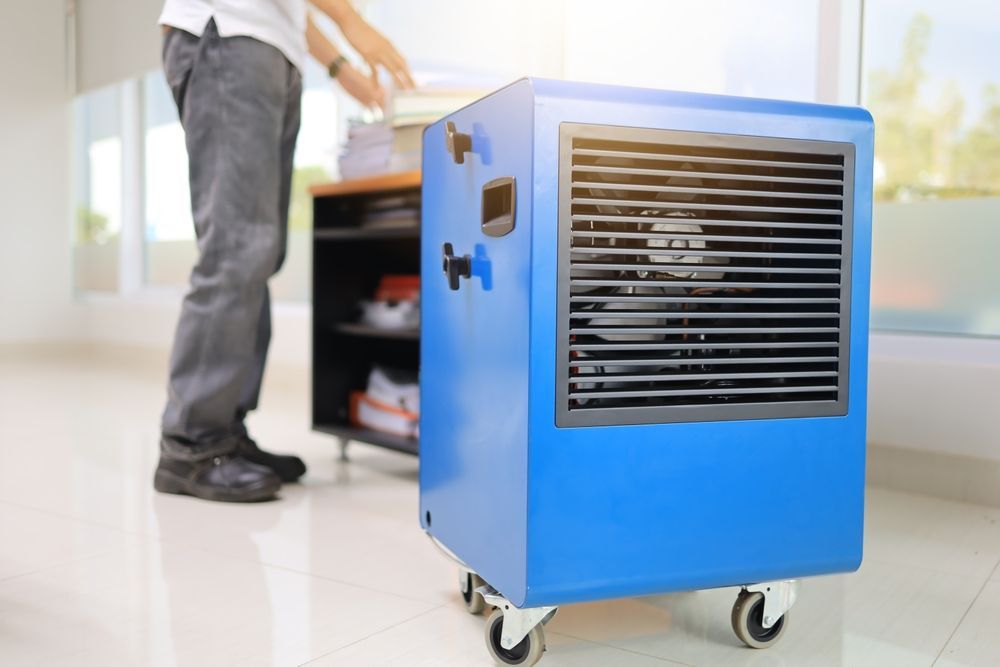How Do HVAC Systems Work for Commercial Buildings?
Explaining How Commercial HVAC Systems Work

How do HVAC systems work... and can they be automated? If you've ever asked yourself this question, you've probably noticed that the answer can seem a bit complex. Add in an explanation of how building automation systems tie in to HVAC operations, and the number of acronyms alone is enough to make anyone's head spin.
But it doesn't have to be complicated. In a nutshell, a Building Automation System (or BAS) is a way to automate and enhance control of your building's electrical, water, mechanical, and ventilation systems, including heating, ventilation, and air cooling or HVAC. A BAS offers an interface that allows you to easily adjust settings, get status updates, and identify any performance issues from one central platform.
Read on to learn more about how a BAS makes your building's system easier to operate.
How Does a Building Automation System Work?
Along with automating HVAC operation, a BAS functions as a user interface between you — the user — and your building's HVAC system. The BAS makes it easier for you to control your HVAC system, from changing settings to checking performance to troubleshooting.
Automation systems have multiple components, including:
- Inputs and Outputs: Sensors and other devices such as switches, relays, and thermostats send and receive data and commands
- Field Controllers: Receive inputs and control outputs accordingly
- Supervisory: Manage communications between the different components
- Server and Application: Collects and stores data from supervisory components, then delivers information to the user interface
These components utilize a combination of software and devices that work together to make your life easier. A BAS automates your building's HVAC system, providing you with access when needed and making troubleshooting simpler.
Benefits of Building Automation Systems
A building automation system makes that job easier. Not only does a BAS automate many processes, it provides you with data you need to troubleshoot and avoid problems. This allows for continuous improvement.
But along the obvious plus of automating HVAC, mechanical, electrical, and other operations, building automation systems offer a number of benefits. Among the most significant? Lower energy costs.
A BAS will run your HVAC more efficiently. Sensors and timers guide system automation, which helps reduce energy waste and lowers your bills. Plus, a BAS can collect information on your building's energy usage patterns, which will help you make informed decisions that can both save money and reduce your building's environmental footprint.
Installing a BAS will also enhance comfort. No matter the time of year or the weather conditions, a BAS will keep your building at the right temperature and humidity level, optimize air flow, and automate start and stop times, increasing occupant comfort. This improves safety, health, and well-being... and when workers are more comfortable, they tend to be more productive.
And speaking of safety, a BAS can improve indoor air quality. Monitors keep track of temperature and humidity levels, mitigating conditions that lead to contaminated air (which can exacerbate allergies and respiratory issues). Carbon monoxide and carbon dioxide monitors also help keep building occupants safe.
As an added benefit, a BAS will allow you to monitor your HVAC performance. Not only will troubleshooting be easier, you'll be able to pinpoint potential issues before they arise. This can help lower maintenance costs and reduce the need for expensive repairs, as well as eliminate the downtime associated with break-downs.
Finally, a BAS allows you to control your HVAC system remotely. When a BAS is connected to the cloud, you can access information and controls anywhere there's an internet connection. Automation lets you stay on top of issues in real time, so you can be proactive instead of reactive.
Control System vs Building Automation System
What's the difference between a control system and a BAS? While they do some of the same things (and the control system can actually operate independently of the BAS), they're not the same.
Rather, a control system is part of a BAS. This component's function is to control the inputs and outputs, as well as the field controller. Here's how it works:
- An input device — such as thermometer or a wall switch— sends a message (a status update or feedback) to a controller
- The controller may be a digital device or a pneumatic device, depending on the type of BAS
- The controller then generates an output that leads to a task; for instance, if a wall switch is flipped, a fan will turn on, or if a thermometer reads a temperature below a certain level, the heat will turn on until a target temperature is reached
Is a Building Automation System Worth It?
The right building automation system offers a number of benefits, from lower energy bills to remote monitoring, better indoor air quality to enhanced comfort. A BAS will help your HVAC system operate in the most efficient manner, lowering operating costs and making maintenance easier.
A key to success lies in "future proofing" your BAS. When systems are integrated, you'll be able to get the full potential from your BAS. When used properly, your BAS will pay for itself through lowered energy and maintenance bills.
1 Source Mechanical has BAS Solutions
At 1 Source Mechanical, we'll help you determine the right building automation system for your unique needs. We'll work with you to design an adaptable, open-platform BAS so you can control your building's systems though a web-based platform. Best of all, you can manage and configure operations from any device with an internet connection!
We'll also make sure that your BAS is future-proofed, so you can enjoy the benefits of an automated "smart building" for many years to come. To learn more about how we can help design the right automation system for your building, contact 1 Source Mechanical at 815-517-0501 or complete our online contact form.



